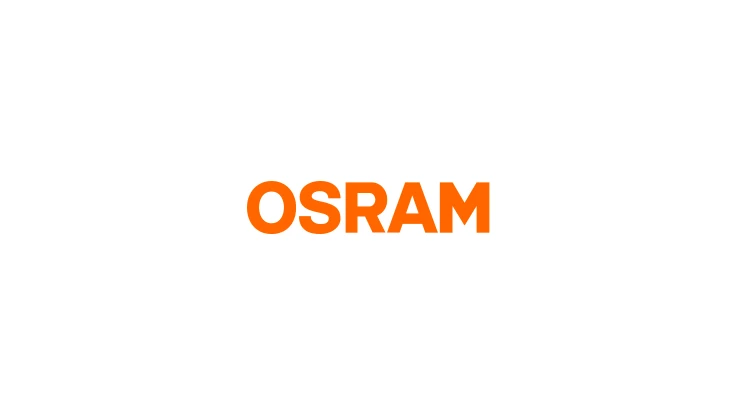
Wageningen University and Research (WUR), in cooperation with Fluence by OSRAM and Vortus, has released initial results of a cultivation trial analyzing the viability of full-spectrum LED lighting solutions. The university used Fluence PhysioSpec Greenhouse spectrum, in comparison to legacy high-pressure sodium (HPS) greenhouse lighting fixtures. Preliminary data shows PhysioSpec Greenhouse is up to 11 percent more effective than HPS in yield for certain tomato cultivars, with the added benefit of being more energy efficient than HPS fixtures.
“The initial results of this trial shows growers can cultivate tomatoes as effectively with PhysioSpec Greenhouse as you can under HPS, possibly with a better yield, and with shorter stems,” Dr. Ep Heuvelink, associate professor at WUR says. “Of the tomatoes grown under PhysioSpec Greenhouse, when compared to the HPS control environment, the WUR team saw the crop developed well and fruits had similar dry matter content. In fact, fruit yield is a bit higher in the LED sections for the Tomagino cultivar, which is a welcome benefit when considering the energy reduction LEDs naturally exhibit over HPS technology.”
Dr. Heuvelink, and his team at WUR, tested PhysioSpec Greenhouse in comparison to HPS lighting from a recognized vendor. The research was conducted on Tomagino and Merlice tomato cultivars. WUR will publish the full data set later this year.
“Current practices use HPS technology as the sole source for supplemental lighting in greenhouses and the WUR trial proves this should not be the case,” Barend Lobker, director and owner at Vortus says. “Growers have been reluctant to transition to LEDs because they are uncertain if LEDs can be as effective for cultivation and the WUR trial eliminates any doubts around the capabilities of full spectrum LEDs.”
“This is a very exciting result for the application of full-spectrum LED technology in greenhouse tomato production. It demonstrates that even without any other environment optimization for LED solutions, LEDs can match, or even out-perform legacy lighting fixtures for commercial growers,” Haris Ouzounis, horticulture service specialist and senior photobiologist of Fluence says. “Upcoming studies from Fluence into the influences of light quality, distribution, and intensity, as well as optimizations to the rest of the environment, should demonstrate improvements in productivity compared to legacy production practices.”
Further Collaborations in Science and Research
Cooperating with recognized thought leaders around the world is a top priority for Fluence. This initial trial with WUR is the first in a series of results Fluence will release over the coming months. Additionally, Fluence is advancing several other initiatives with research centers, universities, and organizations around the world to further develop best practices and forward-looking applications for the industry.
“Basing our solutions on research and science [is fundamental differentiation that] sets Fluence apart,” David Cohen, chief executive officer of Fluence says. “We are proud to be working with Wageningen University and to join the WUR Club of 100 to further extend the world’s understanding of critical and fundamental horticultural research. Greenhouses are a significant source of nutritious fruits and vegetables and WUR’s ground-breaking research will empower more countries to cultivate high-quality crops in an energy-efficient way.”
To learn more about the preliminary results, click here for more information.
Latest from Greenhouse Management
- 2025 Proven Winners Horticulture Scholarship applications now open
- How to improve inventory and shipping management in the greenhouse
- Leading Women of Horticulture: Anna Ball, Ball Hort, and Terri McEnaney, Bailey Nurseries
- GM CEA HERB Part 2: A guide to increasing the sowing density of culinary herbs
- GM CEA HERB Part 1: Best practices for producing culinary herbs in controlled environments
- USDA fires experts on invasive pests, including Asian citrus psyllid, chilli thrips
- CEA Alliance celebrates bipartisan introduction of Supporting Innovation in Agriculture Act
- Dümmen Orange North America celebrating 25th anniversary in 2025





